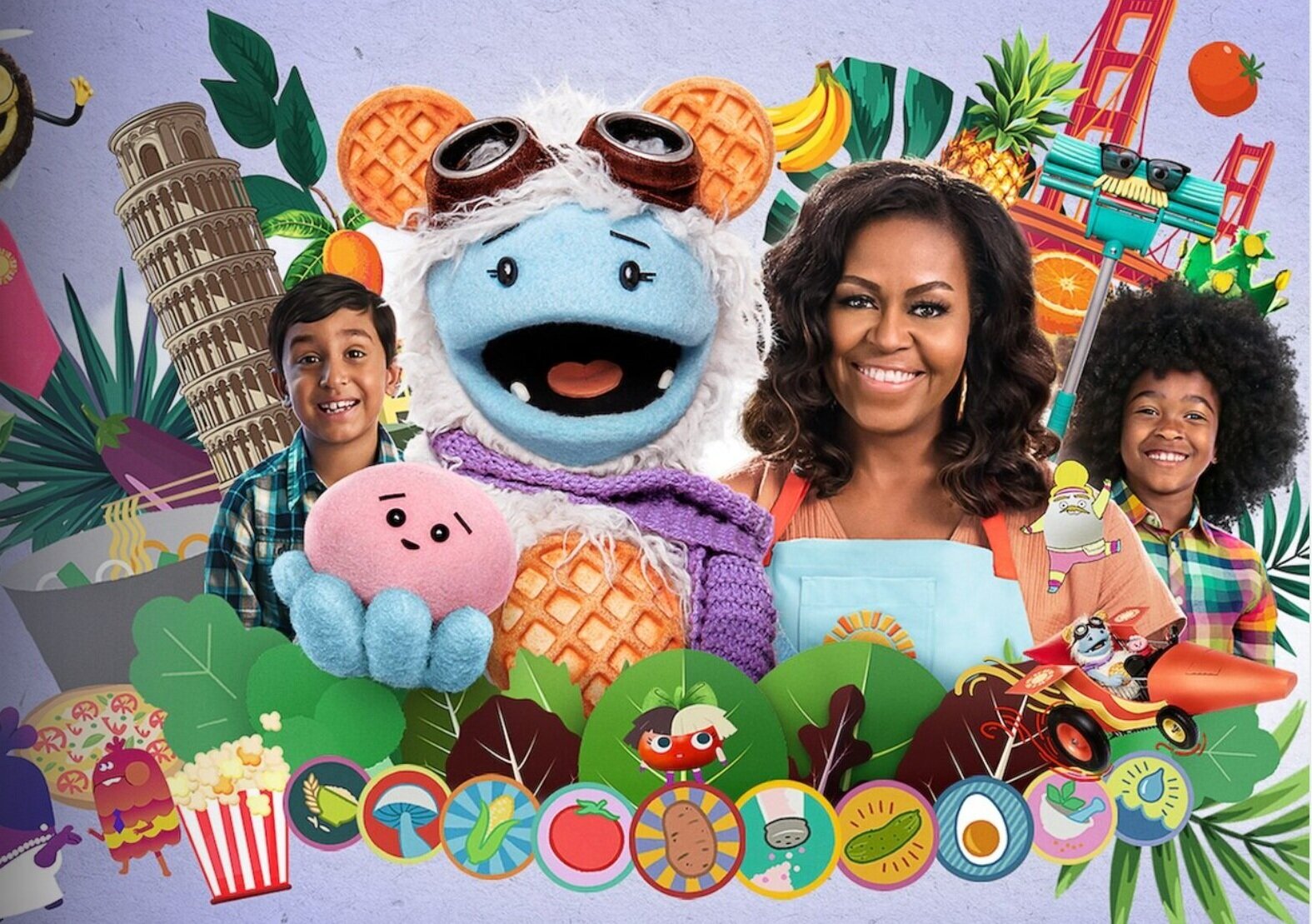The PrimaFoodie Guide to Conscious Small Brands: San Francisco Edition
Every city, large and small, boasts its fair share of sustainably-minded, local goods these days. But San Francisco takes its conscious brands to the next level. Abounding with creativity, this northern California city has long been a beacon of inspiration for makers who don’t put energy toward the cheap and quick but instead dedicate themselves to all that's slow, deliberate, and meaningful.
Speaking of slow, San Francisco and the surrounding Bay Area is, after all, the home of slow food activist and chef Alice Waters. The revered chef and restaurateur has influenced countless eco-minded food entrepreneurs with her farm-to-table approach and deep respect for regenerative farming. (In the early 1970s, Waters opened her famed restaurant Chez Panisse, with the steadfast mission of incorporating only organic and local produce into every meal it served.)
So this region, graced by Waters and countless other slow-food pioneers, is rich in innovation and curiosity. It's a place that champions local small companies that put the well-being of stakeholders first. Naturally, we were thrilled to dig deeper into the many conscious small brands that San Francisco has to offer.
Truly a one-of-a-kind salad dressing company that uses only a handful of local organic ingredients in their mixes. The Berry Olive and Sunny Avocado are local favorites at SF farmers’ markets.
This small-batch flower and plant beverage company prides itself on using plants that are naturally cross-pollinated by local bees. Located in Sebastopol, the owners frequent many of the SF farmers’ markets. Their ferments and cold-pressed juices are unparalleled.
Floral designers Aubriana Kasper and Gena Winter founded Marigold, a stunning organic floral and gift shop, in San Francisco's Mission District in June 2018, and it has since become a household name around the city. The team is known for their whimsical, organic styles and dedication to locally grown, seasonal flowers. They also host a gift and coffee shop in their workspace, where you can sip local coffee and peruse gifts from Flamingo Estate and more.
It’s all in the name: This SF company started off making their simple one-note product, a clean date syrup, with a minimal team. Now you can find the syrup on natural grocery story shelves across the US.
Head to the Fort Mason Farmers’ Market on a Sunday and you’ll find an impressive array of local nuts, dates, and other dried fruits at this bustling tent.
San Francisco Honey & Pollen Co.
A small company offering the local liquid gold of the region. In tandem with offering local honey and bee pollen, husband-and-wife team John and Christina McDonald also give workshops on the critical importance of ethical, kind beekeeping.
There’s a reason why we included Lady Falcon in our holiday gift guide: The coffee, which is sustainably grown and founded by female farmers, is pure, clean, and simply incredible. Plus, we love the unique vibe of the brand’s aesthetic that pays homage to the salty, foggy air of San Francisco.
Low to no intervention natural Syrahs, Sauvignon Blancs, and Cabernets made with organic local grapes and no added fillers or toxins.
SF residents flock to this stall at the farmers’ markets to source their peak fruits and vegetables, fresh eggs, handmade nut butters, and more. Family-run for several generations, Winter’s Fruit Tree owners follow sustainable and organic farming methods.
The Sciabica Family is legendary in the Northern California food scene: Since the early 1960s, they have been growing organic olives to cold-press them into the purest olive oil—making them the oldest producer of the product in the US. While their oils and balsamic glazes are famous, this company also offers freshly made pastas, tomato sauces, olive oil almonds, and handmade skincare.
Women-owned and run, Saba Jam produces small-batch handmade jams that are dense with organic Northern California fruits picked at peak season.
If you’re in town and seeking a novel experience, head to the Mission District to check out this local and wildly popular chocolate company. The Dandelion team offers friendly tours and tastings to get a deeper experience of its organic, single-origin small-batch artisan chocolate. They pride themselves on building honest and fair relationships with their cocoa bean farmers, a rarity in the chocolate industry.
It took two friends, the vibes of San Francisco, and a desire for a soap that doesn’t strip or negatively impact the earth to create this popular line of body and face oils and sustainable bath products. Free of anything toxic or artificial, these products do what they’re meant to do: gently clean, moisturize, and uplift.
Oakland resident Karina Vlastnik is the energy behind this vibrantly packaged company that offers ethically sourced tea and chai. Inspired by the “evolving vibrations and diverse terrain of Northern California,” the tea is blended by-hand in small batches.




